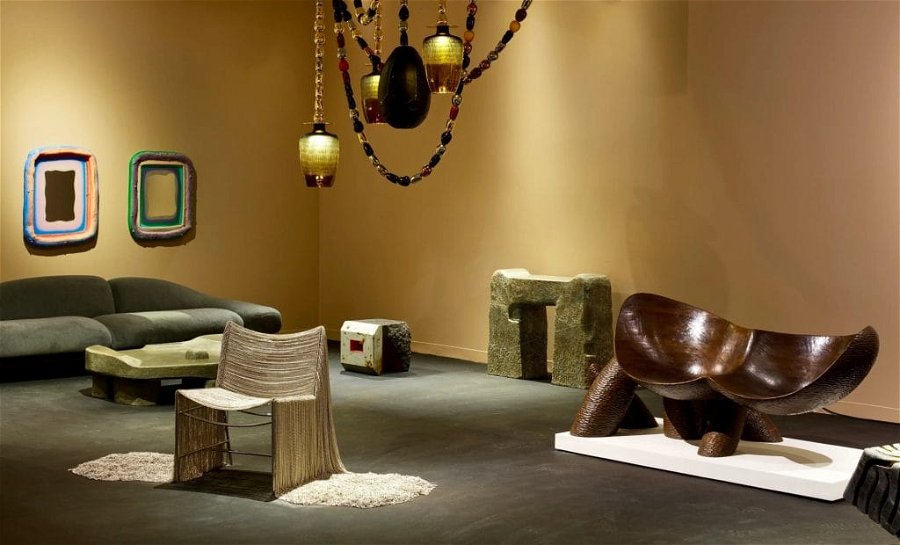
In the world of art and interior design, few events stir as much excitement and anticipation as Design Miami. This year’s fair was no exception, drawing in a global audience of designers, collectors, and aficionados eager to discover the latest trends and innovations in furniture design. Read on to check out our founder, Agnieszka Wilk‘s, insights into the themes and highlights of this year’s event.
What is Design Miami?
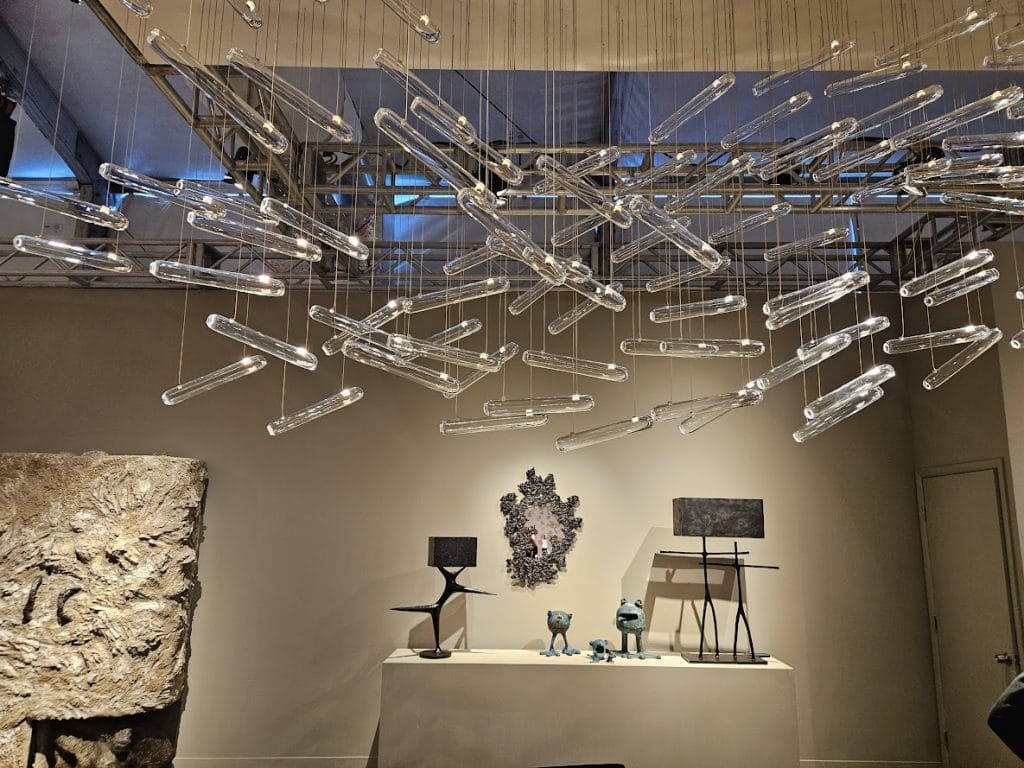
Design Miami is not just a furniture show; it’s a global forum for design. Occurring alongside the Art Basel fairs in Miami (USA), Basel (Switzerland), Paris (France), and soon also in LA, Design Miami has become a premier venue for curating, exhibiting, discussing, and creating collectible creations. The exhibition showcases museum-quality displays of 20th and 21st-century furniture, lighting, and objets d’art, making it a pivotal stage for contemporary design trends.
What Makes Design Miami Different from Other Furniture Shows
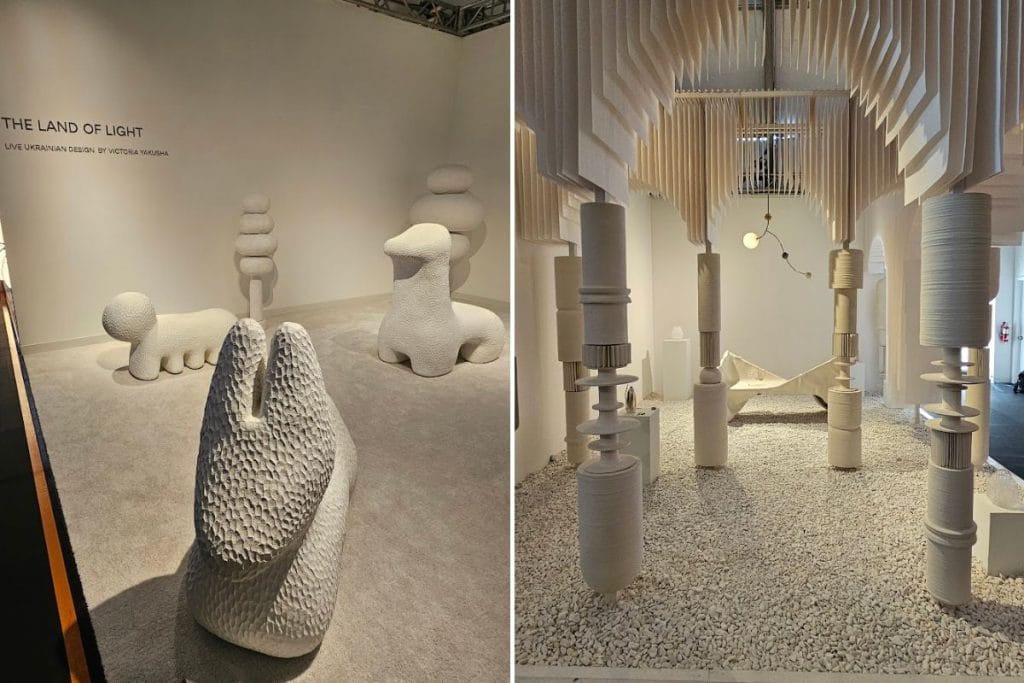
Unlike other furniture shows that often focus solely on commercial aspects, Design Miami serves as a platform for launching new studios and highlighting new work by established designers. It’s a trendsetter, influencing design direction with its focus on groundbreaking and experimental designs.
Pro Tip: Fill your home with furniture and art that fits your style. Not sure what that is? Take our Free Interior Design Style Quiz to find your style today!
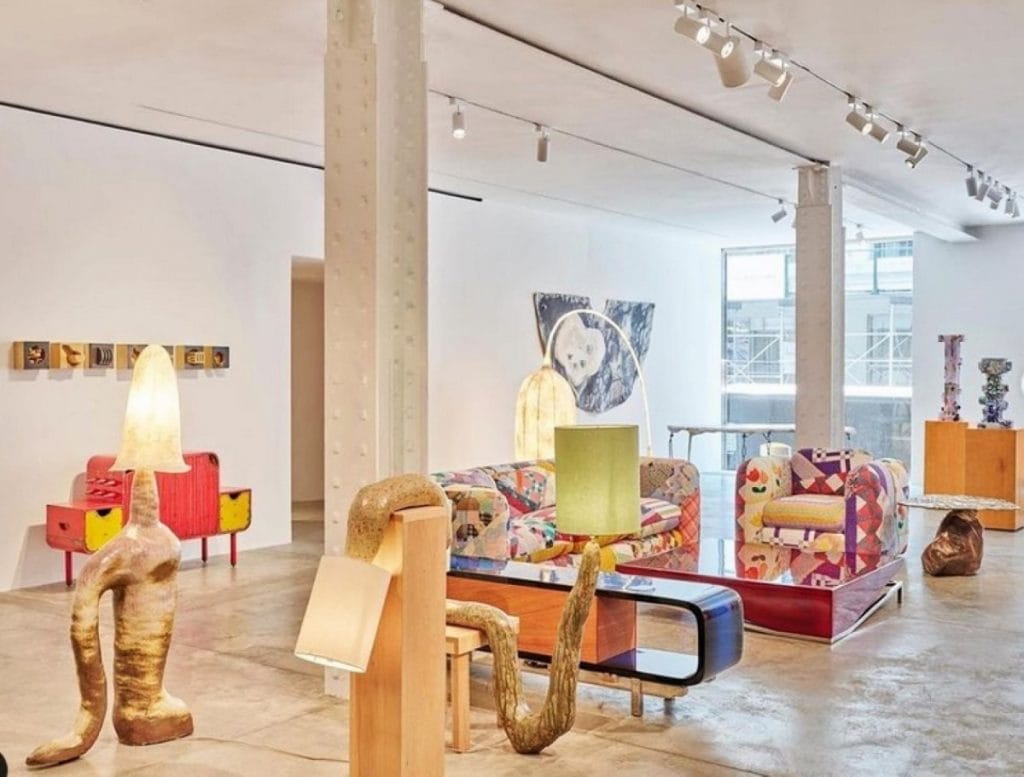
Themed ‘Where We Stand,’ this year’s exhibition positions design as a powerful narrative tool, reflecting a diverse range of global perspectives. The show emphasizes design’s capacity to bridge divides in a polarized world, showcasing pieces as anthropological markers that tell stories about their origins. Moreover, the themes explored at the event, such as social and environmental justice, spirituality, cultural preservation, and community building, underscore design’s role in fostering inclusivity and understanding across various domains.
Spotlight on Furniture: Emerging Trends at Design Miami
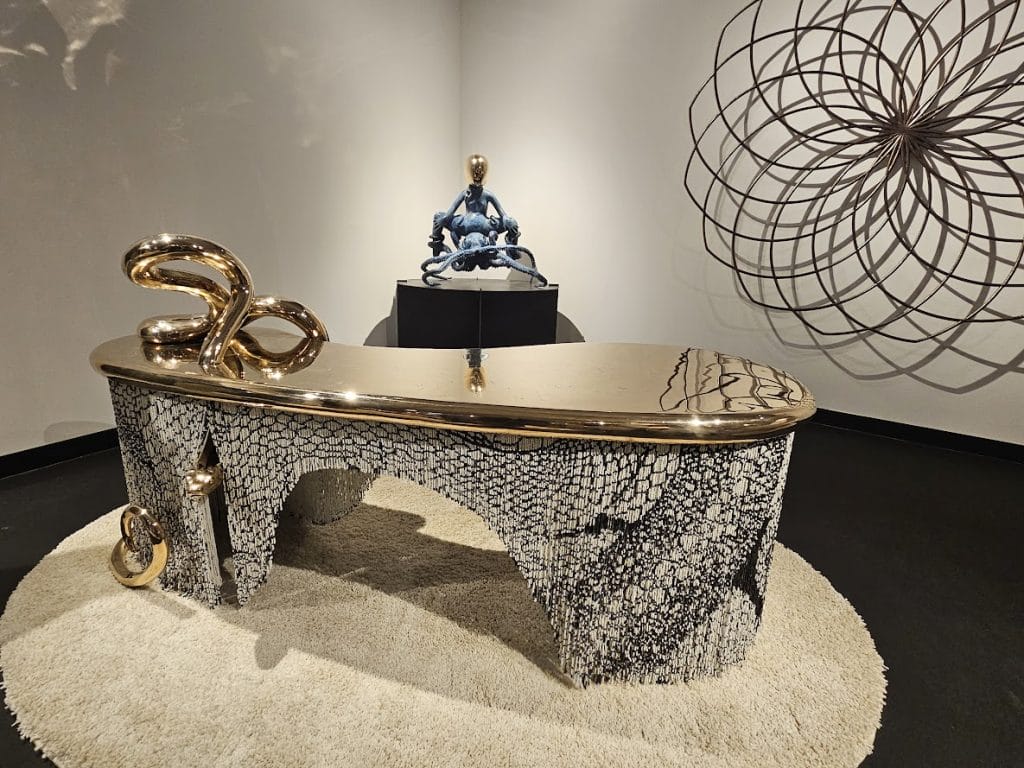
Each year, Design Miami unveils decor and furniture trends set to define the future of interior design. Recent editions have highlighted a return to organic forms, with designers drawing inspiration from nature, not just in shape but in using natural materials.
Sustainable Solutions in Modern Furniture
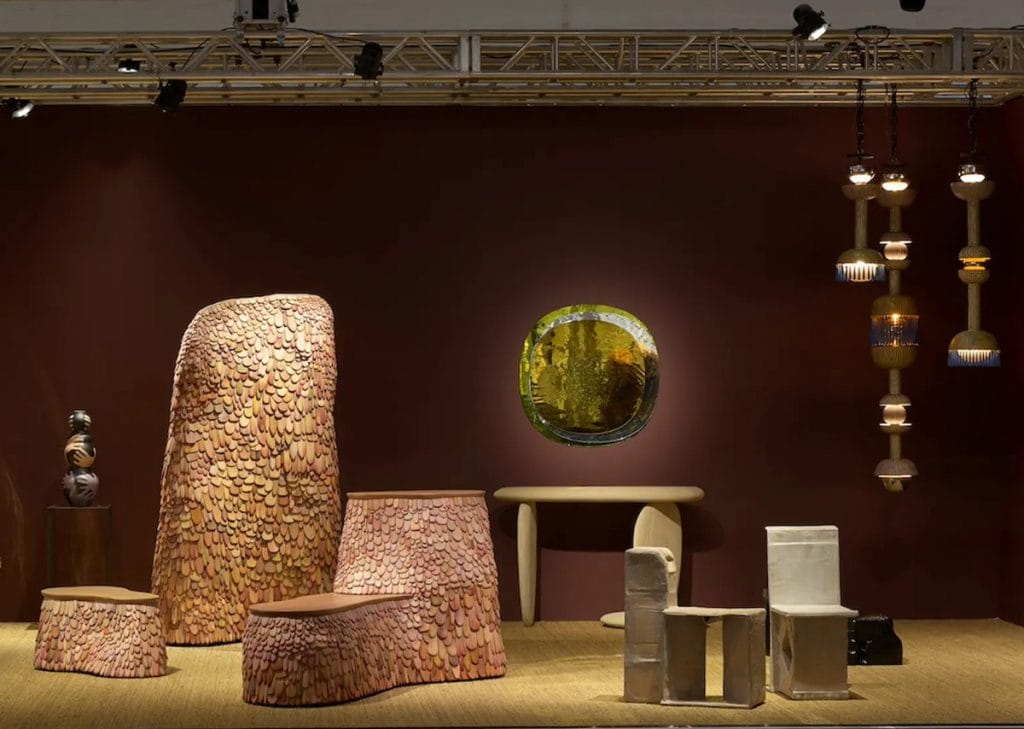
This year’s event showcased an impressive commitment to sustainability. Designers are increasingly focusing on the lifecycle of products, opting for materials that are not only durable but also recyclable or biodegradable. From chairs made of repurposed plastics to tables crafted from sustainably sourced wood, we witness an unmistakable move towards green solutions.
Named the best stand of the fair among the artistic displays and furniture shops, Gallery Fumi exhibited a standout, craft-focused presentation, particularly through Lukas Wegwerth’s work. Wegwerth creatively employed hand-painted wooden shingles on sculptures and furniture, mirroring the fair’s emphasis on sustainability through artistic and natural material use.
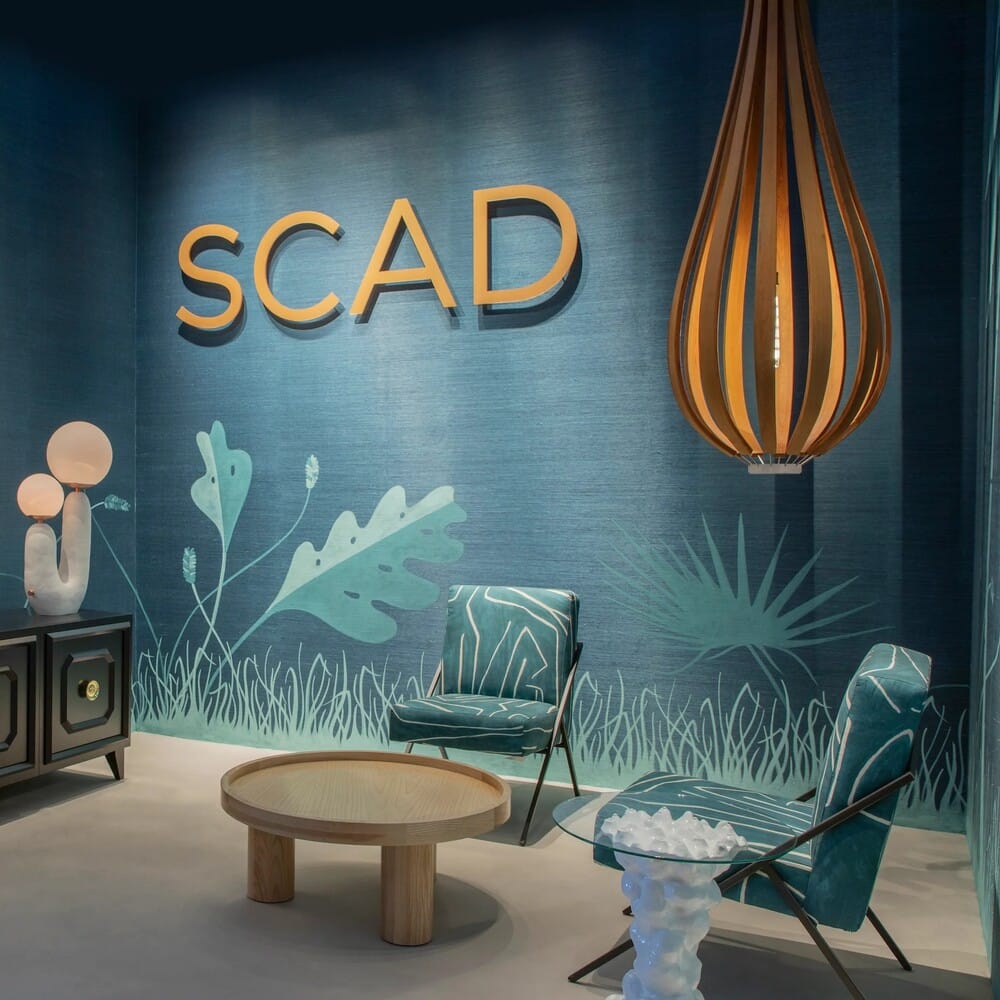
Similarly, the Savannah College of Art and Design (SCAD) showcased the innovative potential of sustainable design, featuring alumni work that blends natural inspiration with traditional craftsmanship. Highlights include Seth Carlson’s nature-inspired jewelry and Paola Maldonado’s textiles, which utilize eco-friendly materials and weaving techniques.
Technology and Innovation in Furniture Design
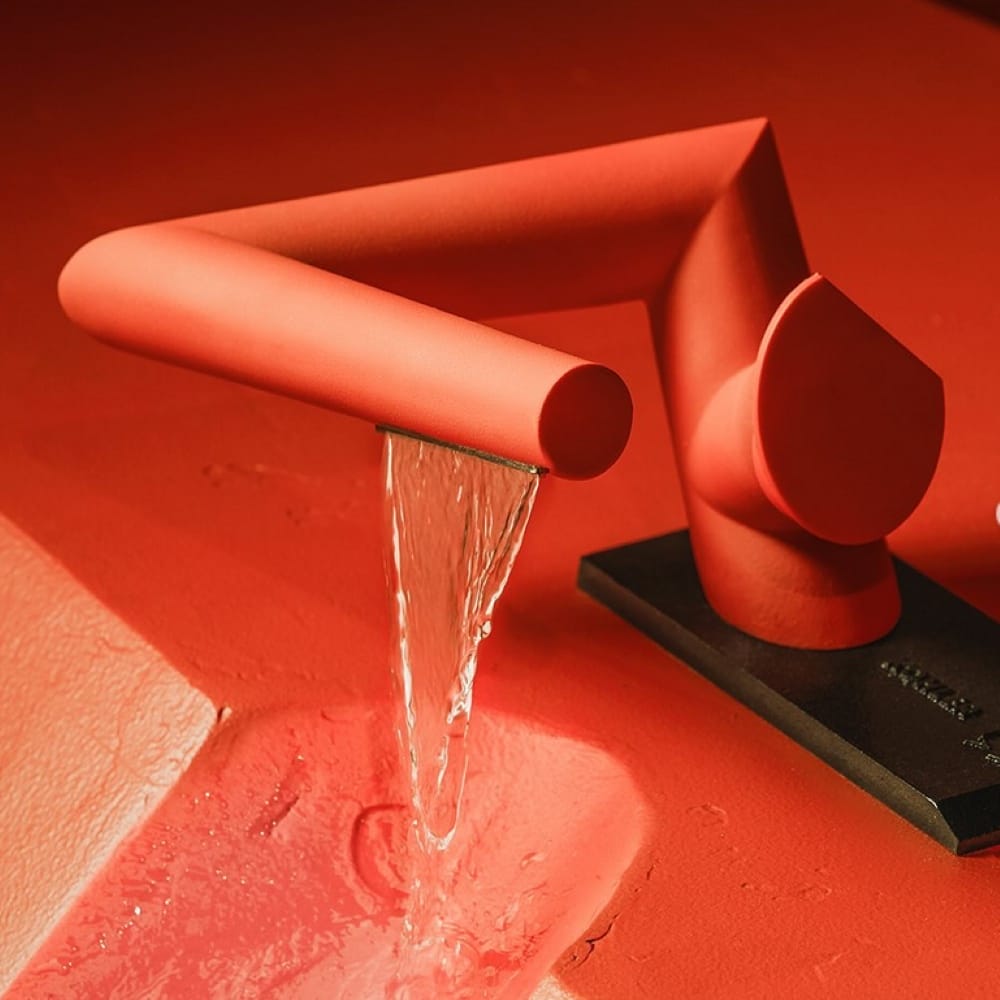
The fusion of technology with furniture design was exemplified in innovations that enhance functionality and user experience. Designers also experiment with materials that can change properties, offering new possibilities for customization and adaptability.
Kohler’s collaboration with Samuel Ross brought a visionary take on bathroom aesthetics to the fair, marrying technology with avant-garde design. Ross’s Formation 01, a limited edition sink installation, boasts ruby hues and geometric sculptural forms, emanating a futuristic vibe enhanced by the fluid dynamics of water.
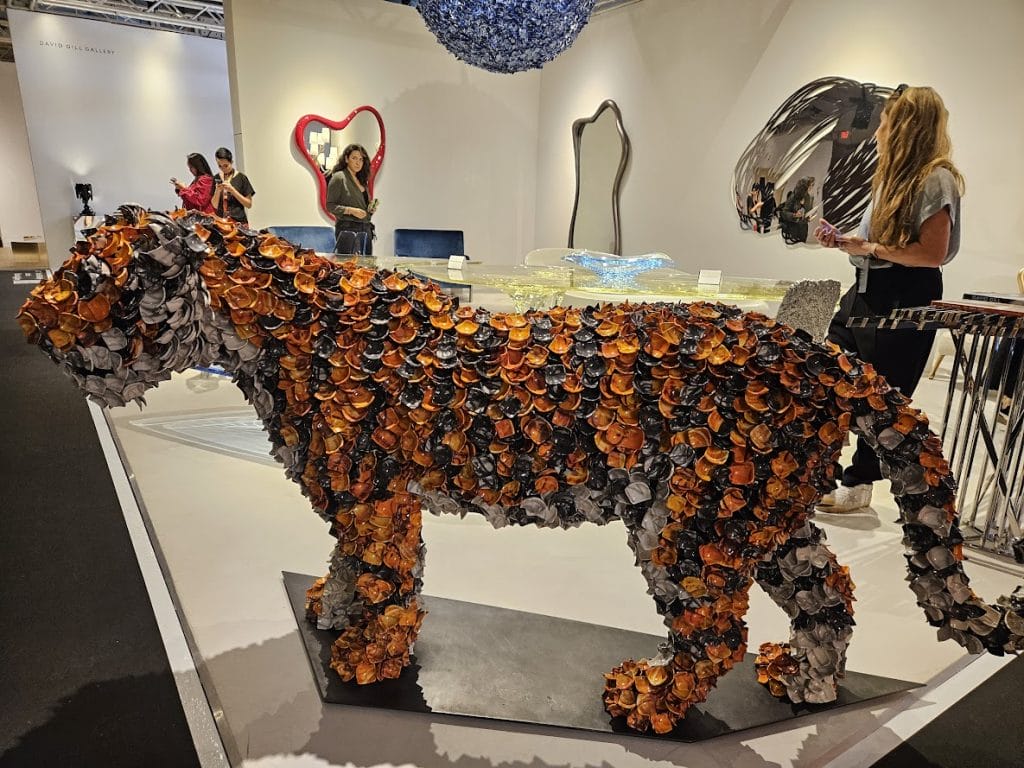
The creative approach was also vividly showcased through Barnaby Barford’s striking creation displayed by David Gill Gallery—a large, meticulously crafted tiger composed of numerous ceramic pieces arranged on a metal frame. This inventive assembly technique imbues the sculpture with a lifelike quality. At the same time, it introduces an interactive element as the pieces rattle in response to the surrounding movements.
Reimagining Traditional Forms
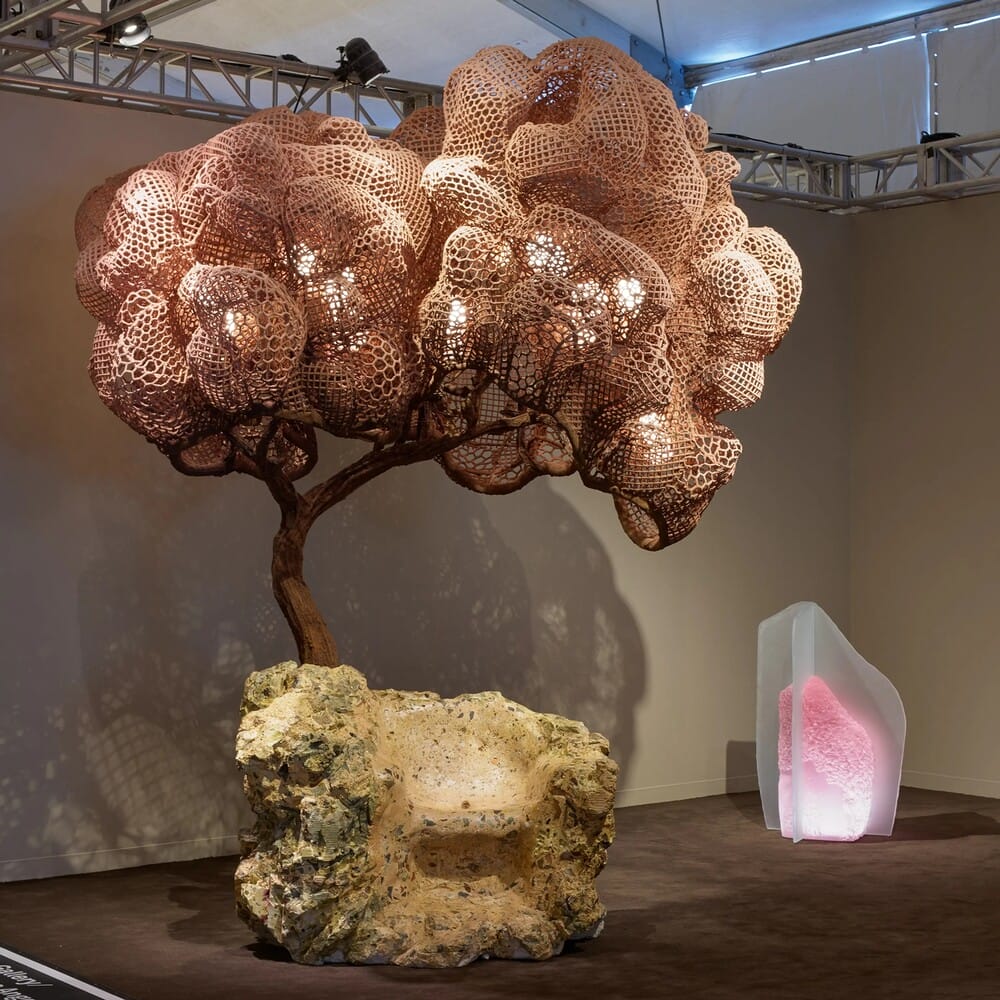
There’s a growing trend of reinterpreting traditional furniture forms through a modern lens. It involves revisiting past eras’ aesthetics, simultaneously integrating contemporary materials and technologies to update these designs for the 21st century.
Carpenters Workshop Gallery, for example, presented a remarkable creation by Nacho Carbonell. A visionary recognized as a Designer of the Future at Design Miami Basel in 2009 conceived a concrete chair adorned with a large, pink metal tree growing from its base to spread an illuminated, cloud-like crown.
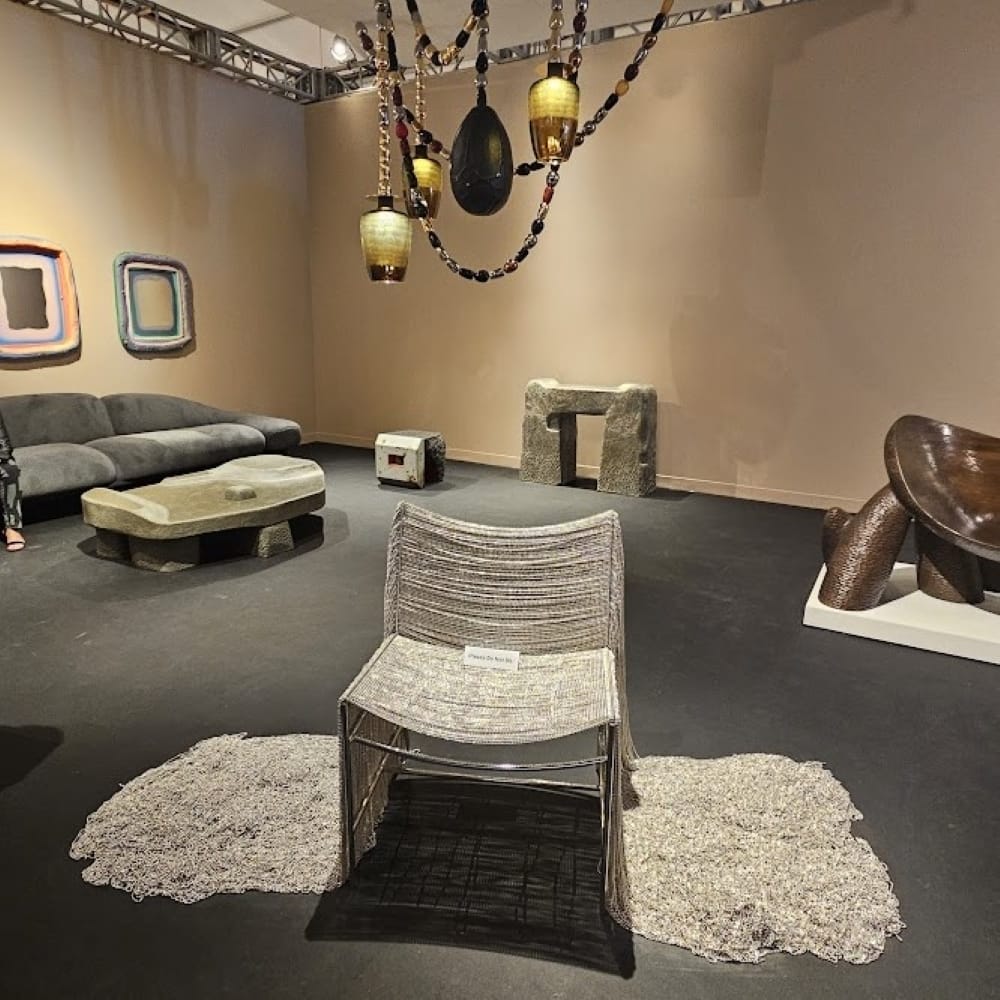
Meanwhile, the New York-based Friedman Benda presented Frida Escobedo’s Creek Chair. The artist, celebrated for her innovative design of the Metropolitan Museum of Art’s galleries, channeled the essence of Ana Mendieta’s water-themed video art. Using chains, she transformed the concept into a tangible object that transcends conventional furniture design.
Behind the Designs: Conversations with Creators
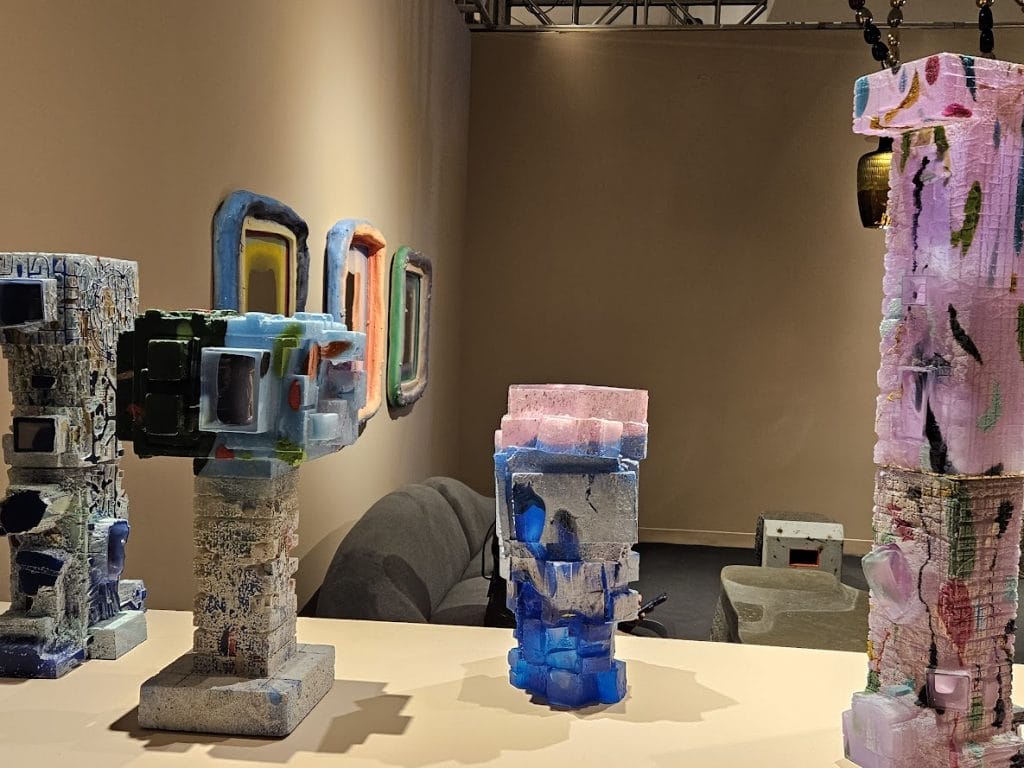
Conversations with designers at Design Miami revealed their desire to influence modern interior design by blending functionality with an emotional narrative.
Ruben de la Rive Box and Golnar Roshan of Rive Roshan, for instance, expressed their belief in the transformative power of design to shift perspectives and foster understanding. Their work reflects their opinion that design should encourage curiosity, reflection, and open-mindedness, ultimately bridging divides to encourage progressive choices.
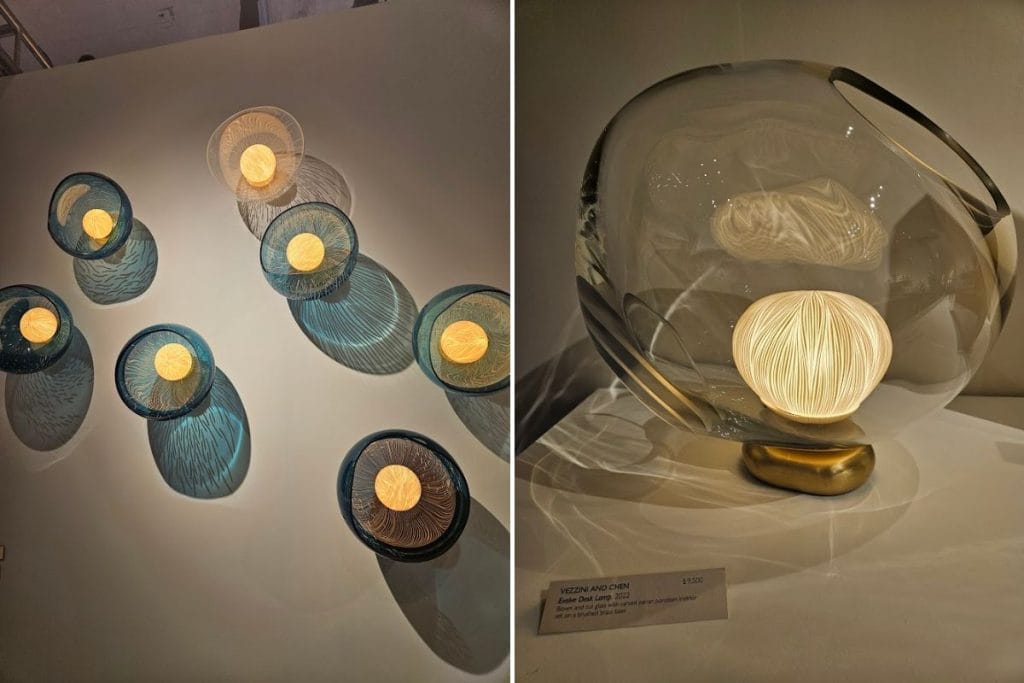
Fernando Laposse, through his ‘The Pollination Dance’ installation for Maison Perrier-Jouët, shared his thoughts on the role of design in interpreting the world’s complexity. In his discussion during the fair, Laposse emphasized its capacity as a storytelling medium, capable of engaging people in a deeper understanding and appreciation.
The Gallery Experience: Curating Design Miami’s Best
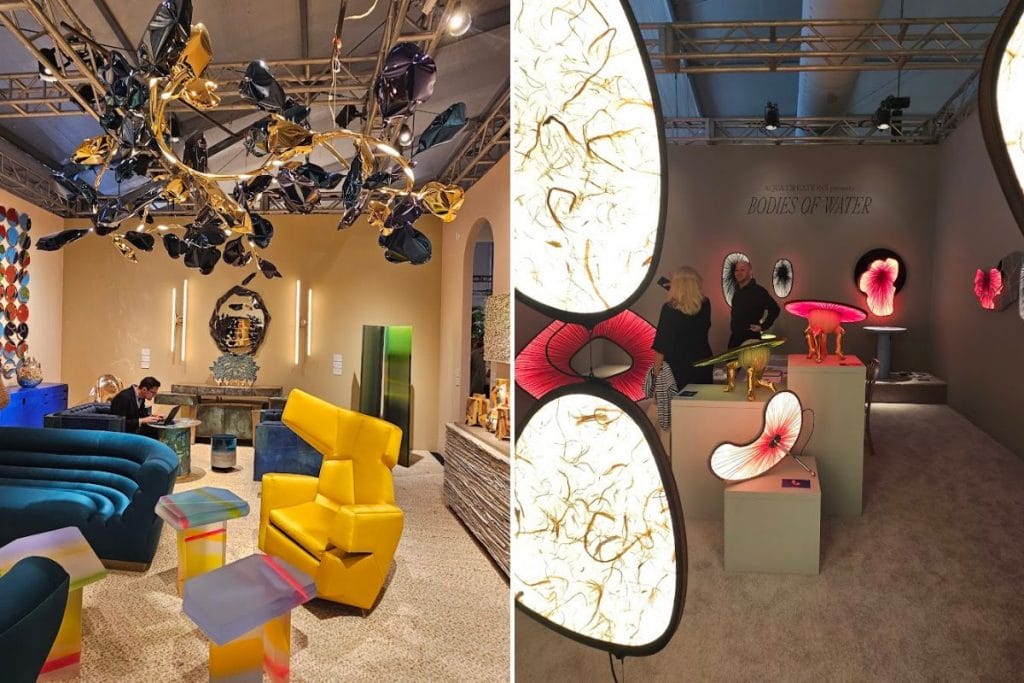
Design Miami’s 19th edition, under the curatorial guidance of Anna Carnick, featured an impressive lineup of galleries. The selection clearly demonstrated the fair’s commitment to socially engaged and narrative-driven designs. Among the highlights were Atelier Courbet, The Future Perfect, and Wexler Gallery, each presenting a unique take on contemporary design trends and innovation.
Carpenters Workshop Gallery and AGO Project further diversified the exhibition, showcasing international designers and reflecting on the fair’s theme. Kohler’s collaboration with Samuel Ross and the vibrant showcase by Savannah College of Art and Design also captured attention, highlighting the fair’s focus on technology, sustainability, and reimagined traditional forms.
Collaborative Dynamics: Partnerships Driving Innovation
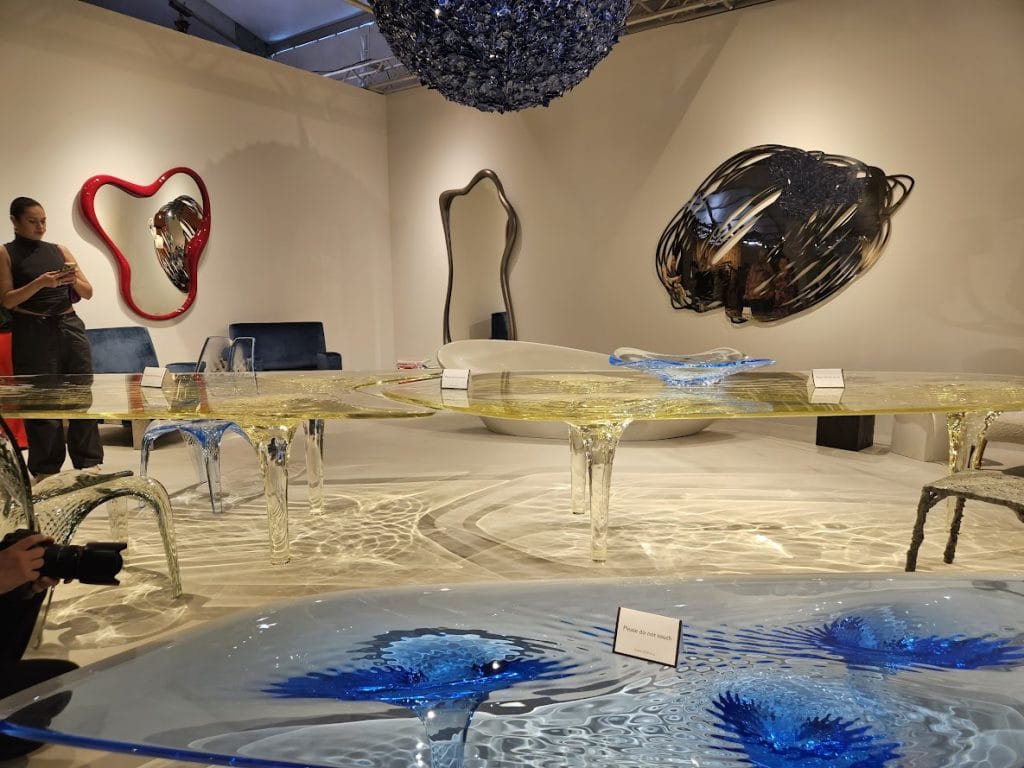
The collaborative efforts between designers, manufacturers, and galleries are pivotal in pushing the boundaries of furniture design. By encouraging partnerships, fairs such as Design Miami allow for a cross-pollination of ideas, facilitating the development of innovative solutions. In the same tone, the synergy between Decorilla and its partners exemplifies the potential of collaboration in creating designs that resonate with current trends while setting new ones.
From Showroom to Living Room: Adapting Design Miami Trends for Home Interiors
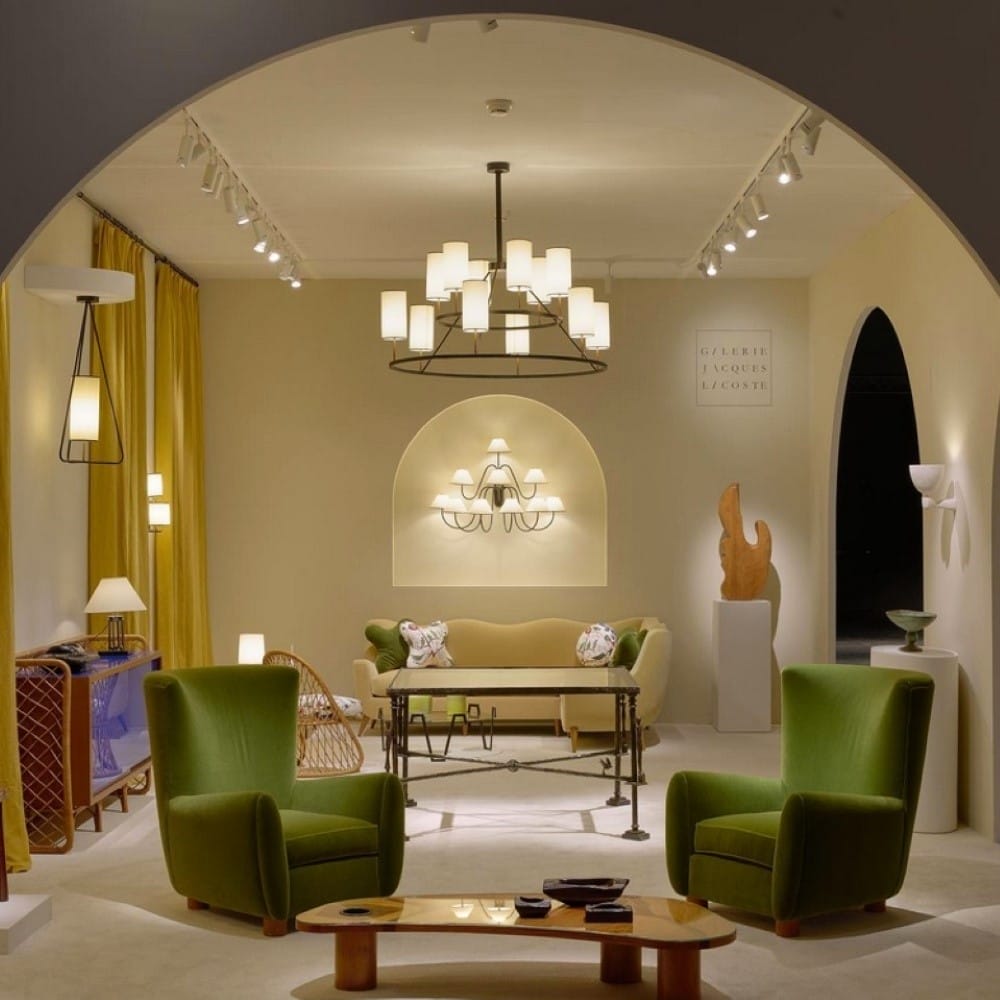
Although highly conceptual and cutting-edge, the Design Miami exhibition also reflects current trends. Thus, incorporating such art in interior design doesn’t have to be daunting. Choose pieces that reflect current design philosophies while meeting the practical needs of everyday life.
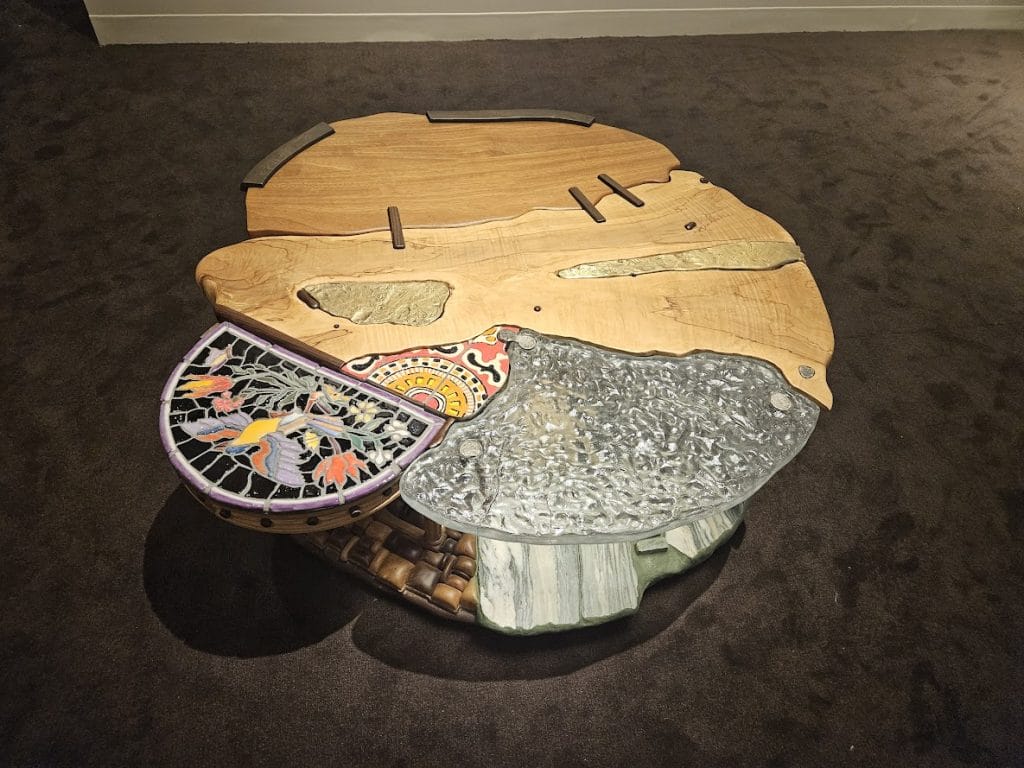
The colorful cabinet by Wendy Maruyama can add a chic touch of whimsy. Meanwhile, a statement piece, such as a sculptural light fixture from Atelier Courbet or Jomo Tariku’s Meedo Chair, could become a mighty focal point in your room.
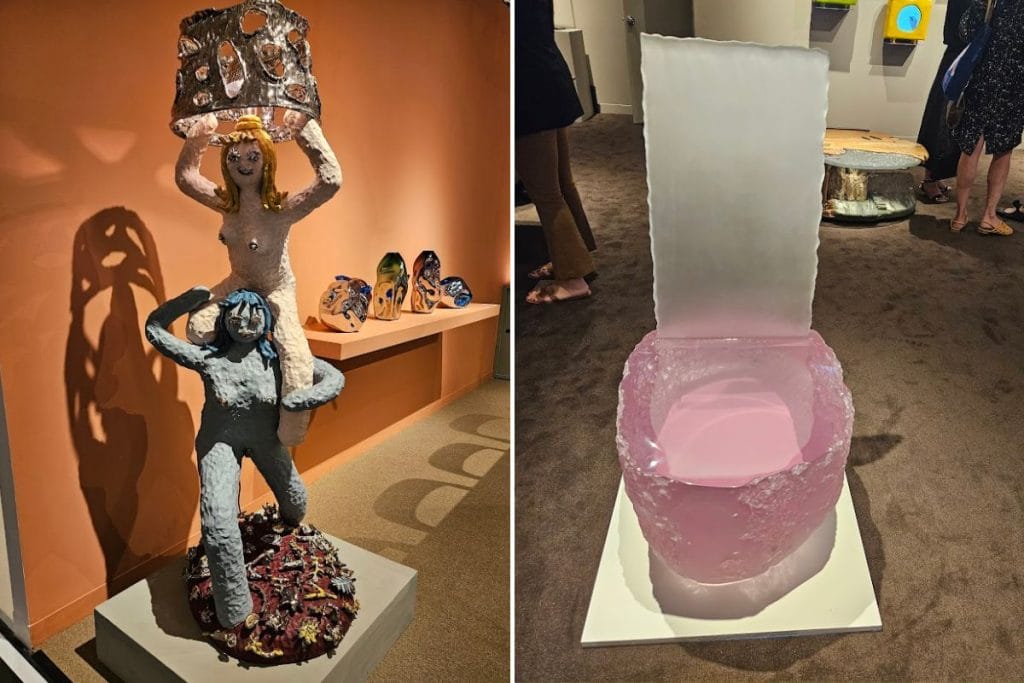
Consider balancing them with understated accents from galleries like Wexler or AGO Project, suitable for a variety of décor styles. And if you want to send a powerful message, opt for Katie Stout’s lamp, “Penelope and Maria:” a feminist design look at female empowerment.
Inspired to revamp your interiors with cutting-edge furniture designs?
Our design professionals can transform your home with the innovative trends showcased at Design Miami. Book your Free Online Interior Design Consultation to bring your vision to life.

Featured image courtesy of Design Miami







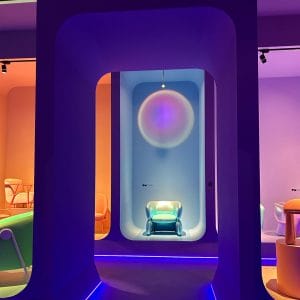


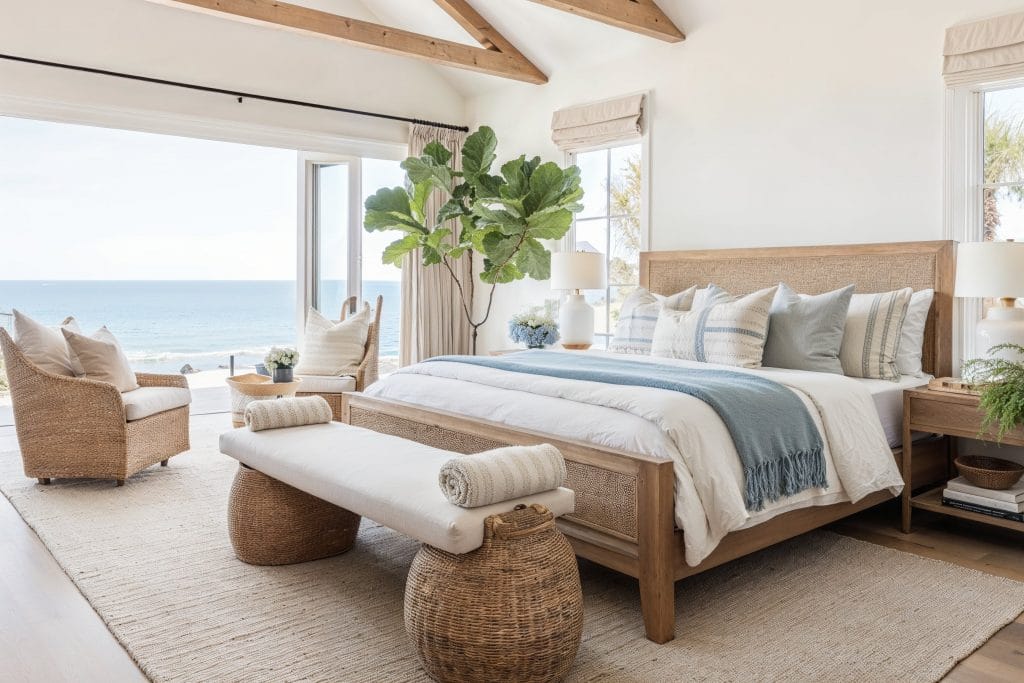
Comments